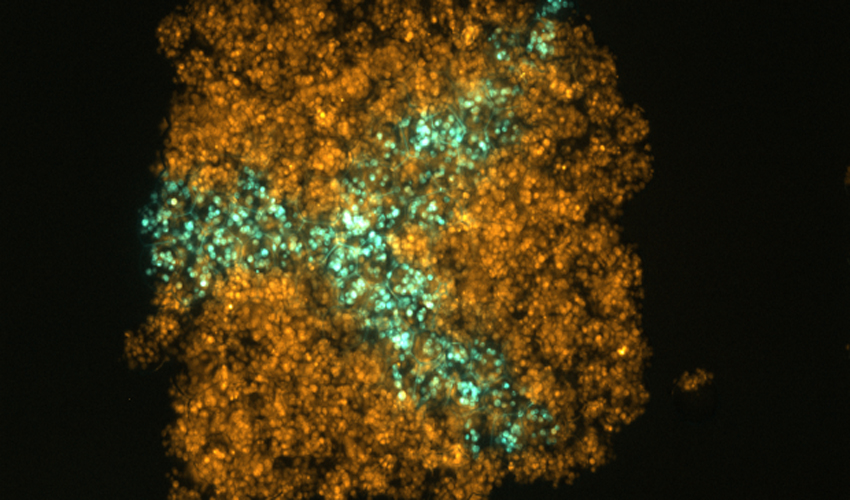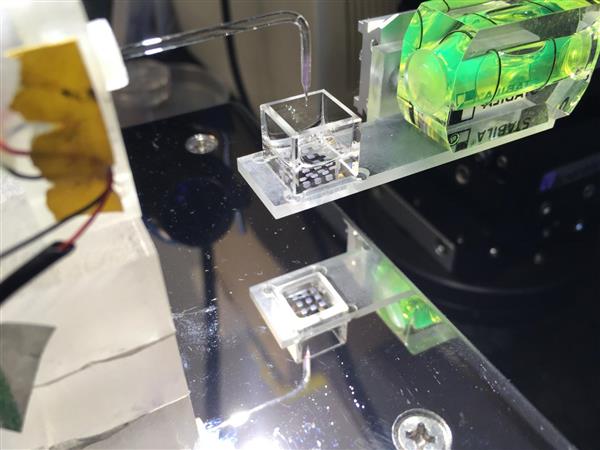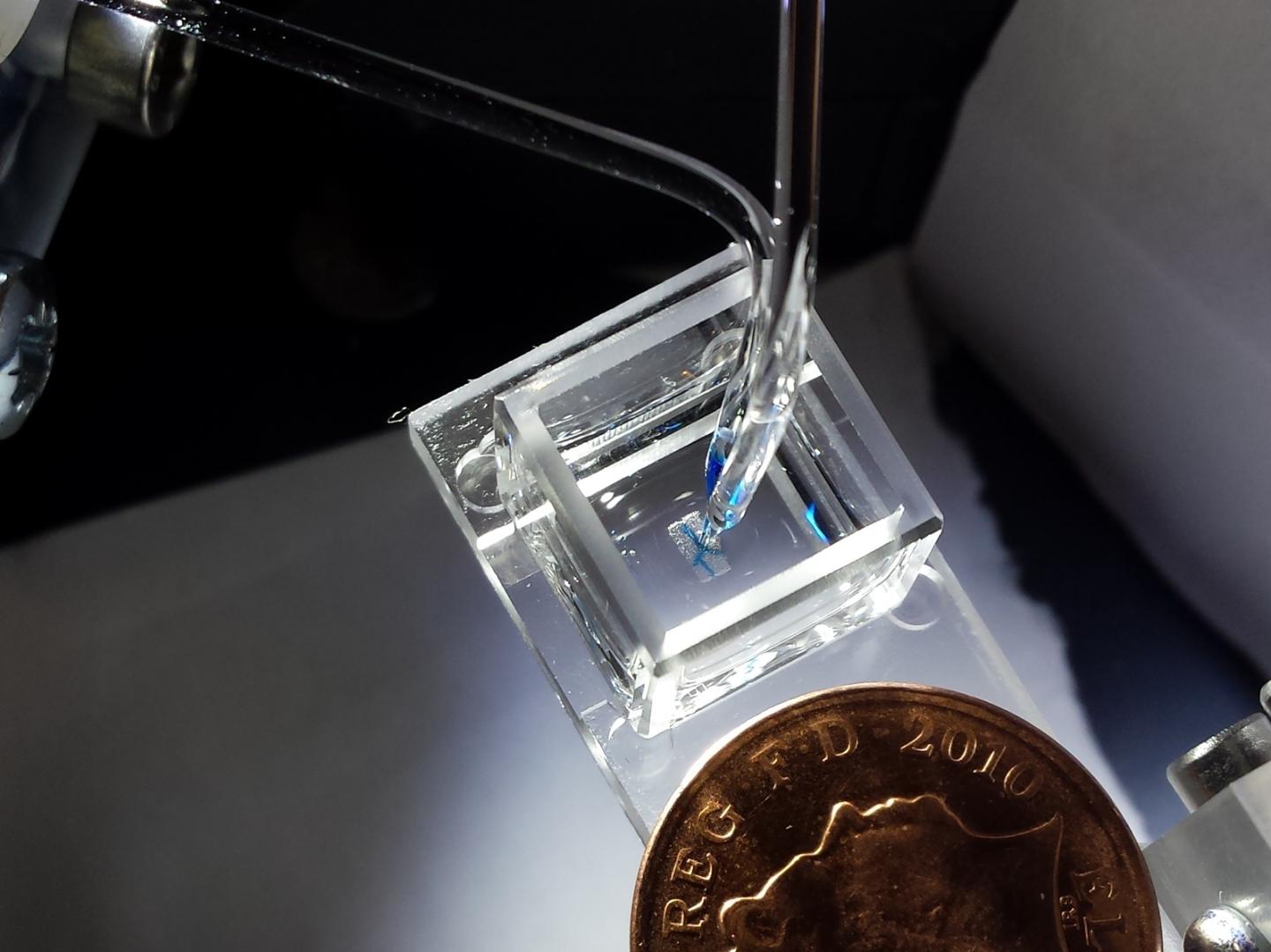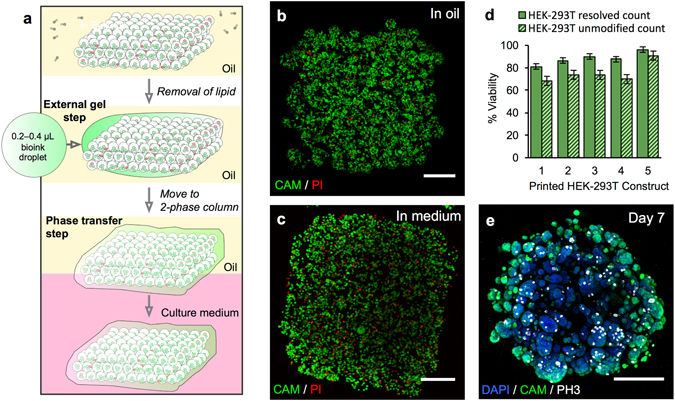Researchers from Oxford and Bristol 3D print high-resolution tissue

At the University of Oxford, researchers have discovered a new way to 3D print living tissue with lab-grown cells. While there have been other successes of 3D printing tissue, such as in Sweden, this latest development in England could pave the way for regenerative medicine and enable the creation of complex tissues and cartilage.
Led by Chemical Biology professor Hagan Bayley, the research team was made up of an interdisciplinary team from Oxford’s departments of Chemistry and Physiology, Anatomy and Genetics and the Center for Molecular Medicine at Bristol.

The 3D droplet bioprinter that was developed by the Bayley Research Group at Oxford photo// Alexander Graham
In a new paper published in the Scientific Reports Journal, the team used human embryonic kidney cells (HEK) and ovine mesenchymal stem cells (oMSCs) in order to demonstrate how a range of both human and animals cells can be printed into high-resolution tissue constructs.
Using a 3D bioprinter, the researchers were able to contain the cells within protective nanoliter droplets, which were wrapped in a coating of oil. With this process, the team was able to improve the survival rate of individual cells and allowed the researchers to create the higher resolution tissue, one droplet at a time.

A confocal micrograph of an artificial tissue containing 2 populations human embryonic kidney cells that were printed within a cube photo// Sam Olof and Alexander Graham
“We were aiming to fabricate three-dimensional living tissues that could display the basic behaviors and physiology found in natural organisms,” explained Dr. Alexander Graham, lead author and 3D Bioprinting Scientist at OxSyBio. “We focused on designing a high-resolution cell printing platform, from relatively inexpensive components, that could be used to reproducibly produce artificial tissues with appropriate complexity from a range of cells including stem cells.”
With this latest innovation, there could be many further developments to come, with the main impact to be had on healthcare. Some potential areas that this technology could be applied are in toxicology and the reproduction of human tissue models, which could mean the end to animal testing. As of now, the researchers are looking to commercialize the technology, with OxSyBio, a London based medical 3D printing company, looking to commercialize this technique for biomedical and industrial purposes.

The Phase transfer and culture of printed constructs containing HEK-293T cells photo// Scientific Reports 7, Article number: 7004 (2017)
For now, there will be future developments of new complementary 3D printing techniques, which will be trialed over the next few months. This will allow researchers to experiment with even more living and hybrid materials on an industrial scale.
“The ability to 3D print with adult stem cells and still have them differentiate was remarkable, and really shows the potential of this new methodology to impact regenerative medicine globally,” said Dr. Adam Perriman, from the University of Bristol’s School of Cellular and Molecular Medicine.
Read the full report here
What future innovations do you think will be developed from this? Let us know in a comment below or on our Facebook or Twitter page! Don’t forget to sign up for our free weekly Newsletter, with all the latest news in 3D printing delivered straight to your inbox!







